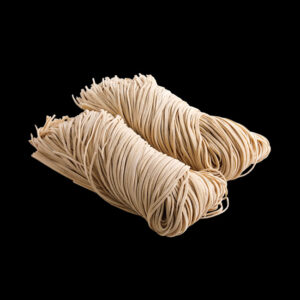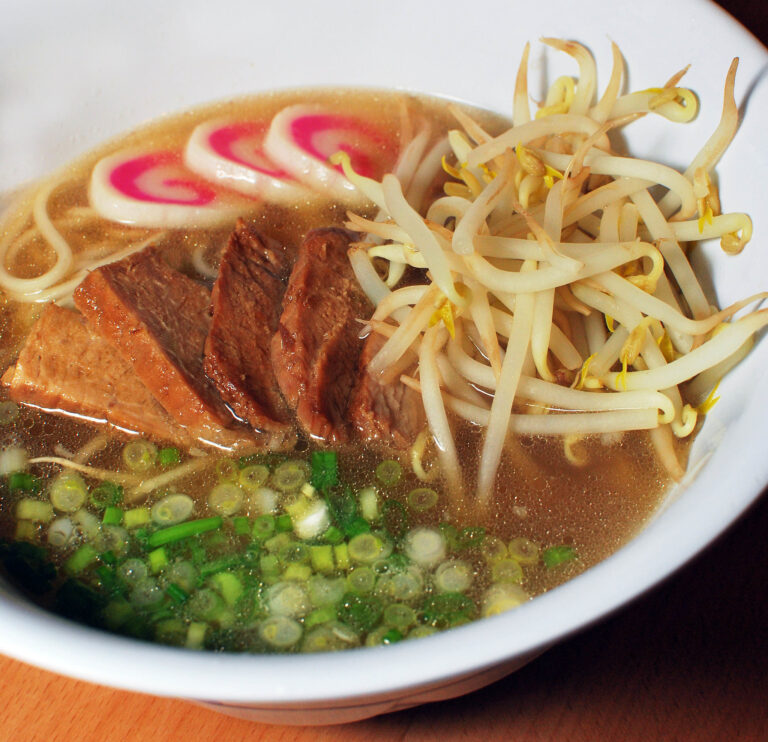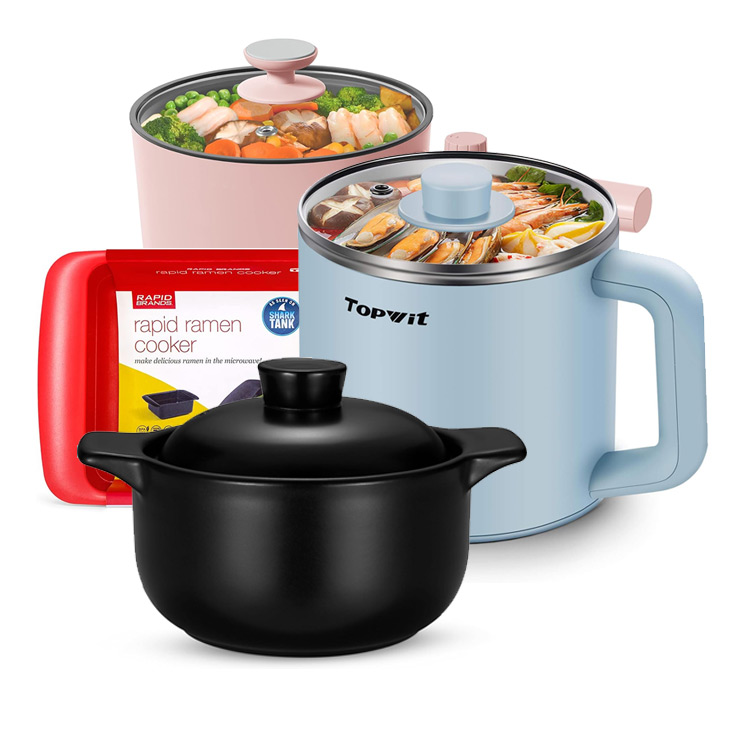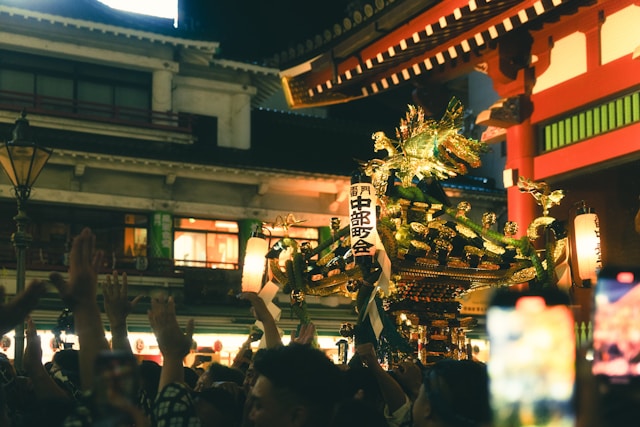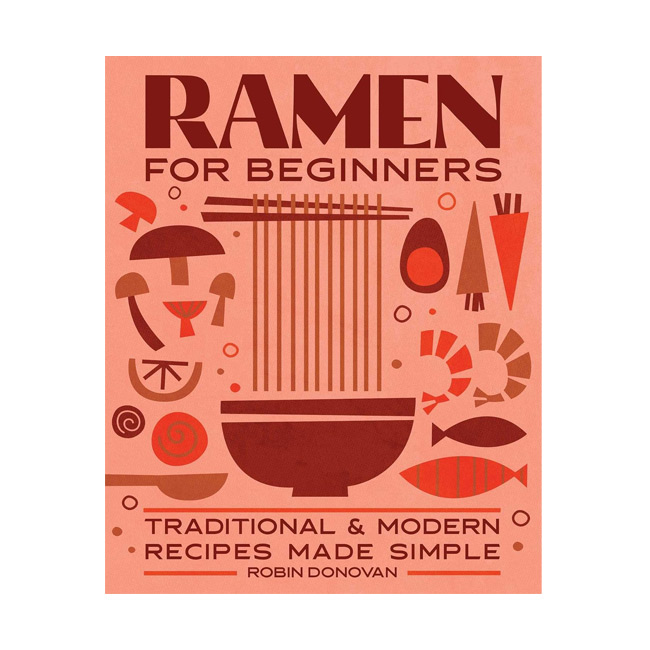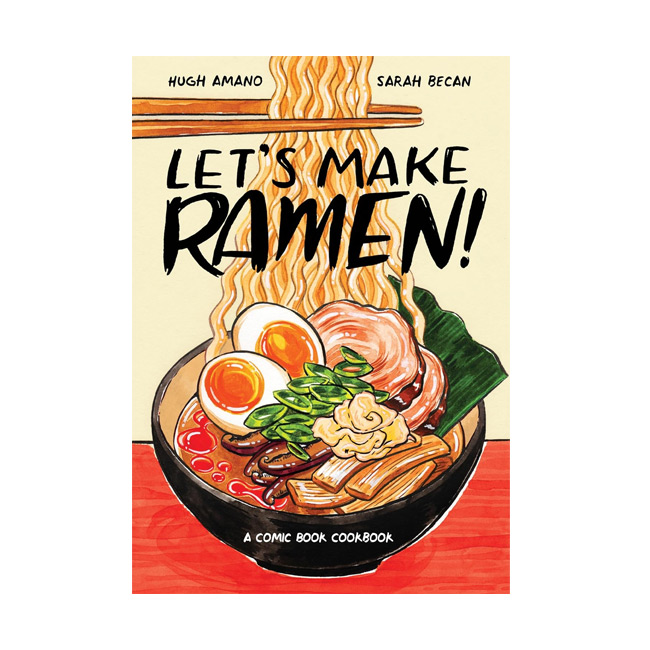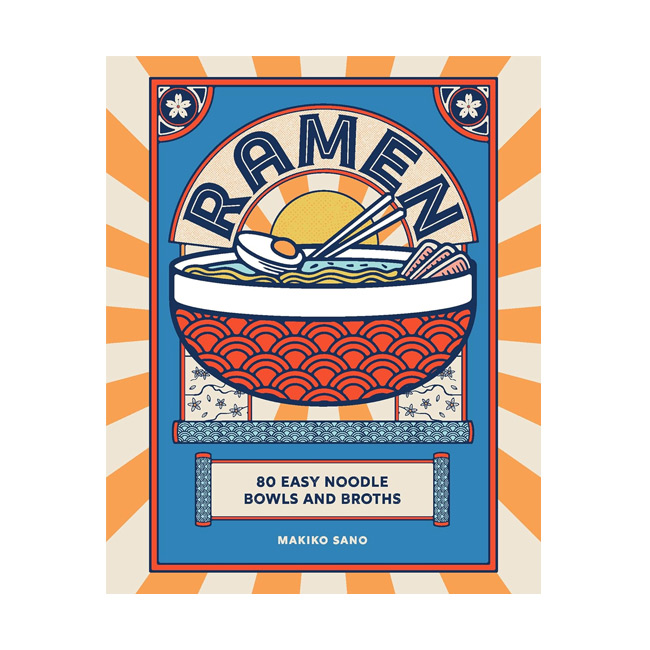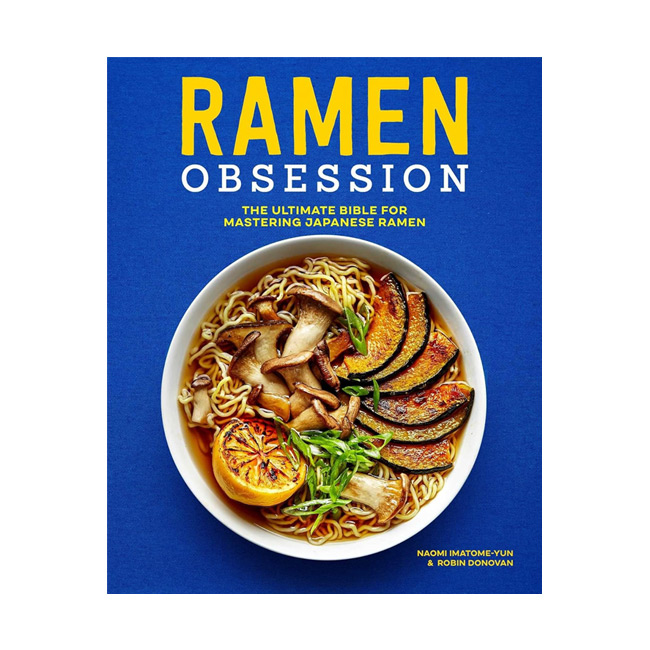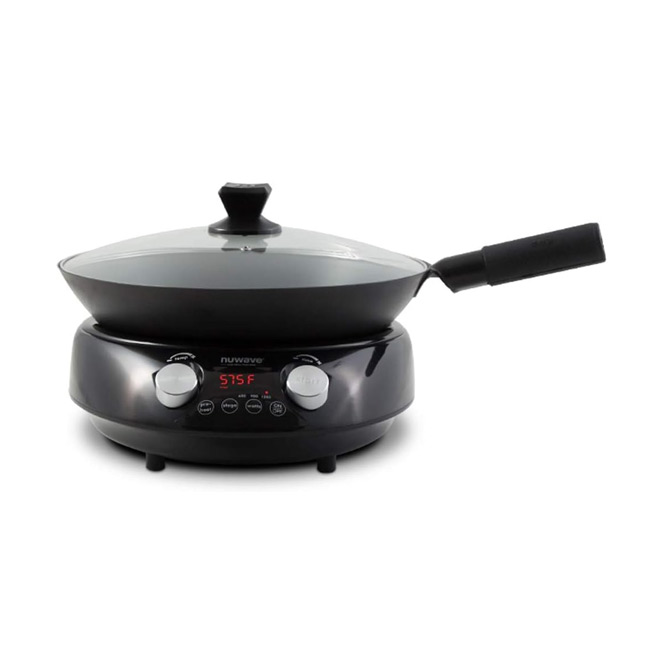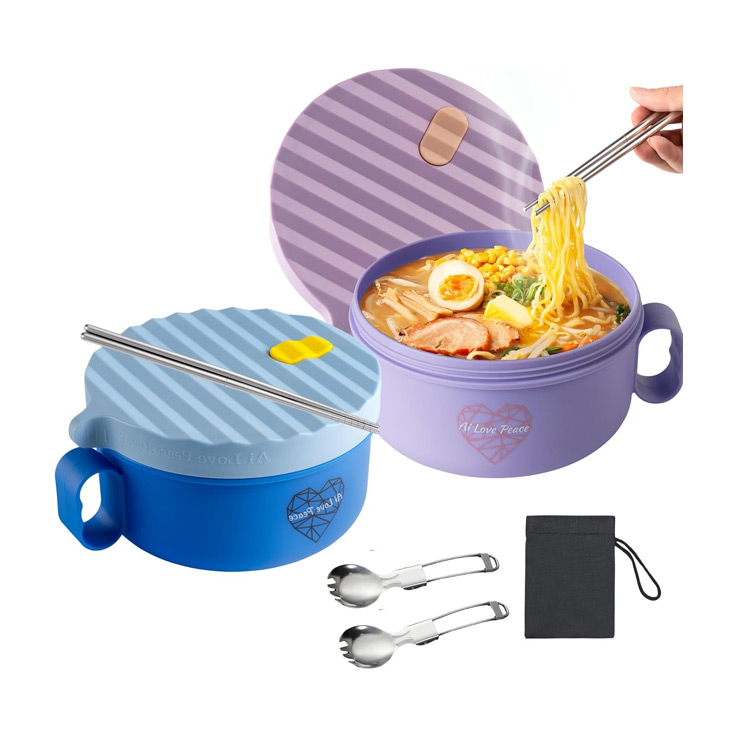Ramen has gained worldwide popularity for its rich flavors and comforting warmth. As you embark on your ramen journey, it’s essential to understand the different styles and broths that make each bowl unique. This guide will introduce you to the main types of ramen and their distinctive characteristics.
The Four Main Types of Ramen Broth
Ramen varieties are based on broth because the broth serves as the foundation of the dish, significantly influencing its flavor, texture, and overall experience. The choice of broth defines the character of the ramen and allows for a wide range of culinary creativity. Different broths cater to diverse tastes and preferences, creating distinct profiles that appeal to various palates.
Broth varieties arise from the use of different ingredients and cooking techniques. For example, a shoyu (soy sauce) broth imparts a savory, umami-rich flavor, typically light and clear, which complements a variety of toppings and noodles. In contrast, a miso broth, made from fermented soybean paste, offers a robust and hearty flavor with a slightly sweet undertone, ideal for colder climates and providing a comforting, rich experience.
The preparation method also plays a crucial role. A tonkotsu broth, made by boiling pork bones for hours, develops a thick, creamy consistency with a deep, porky flavor, offering a luxurious mouthfeel. This method contrasts with the lighter and quicker preparation of a shio (salt) broth, which emphasizes the purity and natural taste of its ingredients.
There are four main types of ramen based on broth. These are:
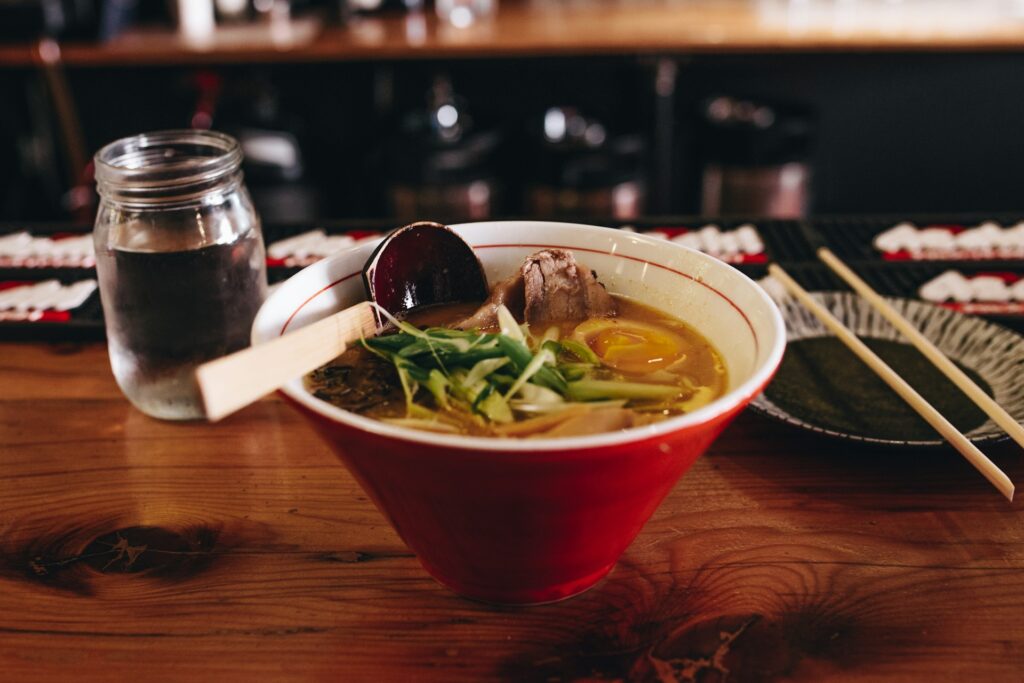
Shoyu (Soy Sauce) Ramen
Origin: Tokyo
Broth: Clear and brown, made from a chicken or vegetable base, seasoned with soy sauce.
Flavor Profile: Light yet savory, with a slightly tangy and salty taste.
Toppings: Chashu (braised pork), menma (bamboo shoots), nori (seaweed), scallions, and a soft-boiled egg.
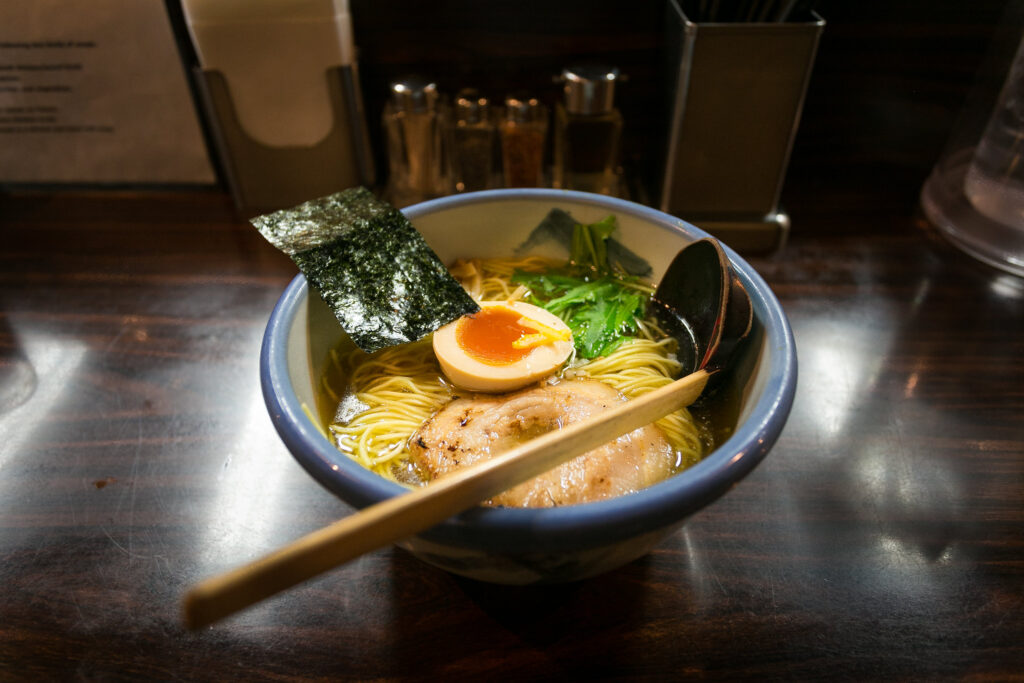
Shio (Salt) Ramen
Origin: Hakodate (Hokkaido)
Broth: Clear and light, usually chicken-based or seafood-based, seasoned with salt.
Flavor Profile: Delicate and straightforward, highlighting the broth’s natural flavors.
Toppings: Similar to shoyu ramen, with added options like pickled plums or seafood.

Miso Ramen
Origin: Sapporo (Hokkaido)
Broth: Cloudy and hearty, made with a chicken, pork, or seafood base, enriched with miso paste.
Flavor Profile: Rich, savory, and slightly sweet with a deep umami taste.
Toppings: Corn, butter, ground pork, bean sprouts, scallions, and garlic.

Tonkotsu (Pork Bone) Ramen
Origin: Fukuoka (Kyushu)
Broth: Thick and creamy, made by simmering pork bones for hours until the collagen breaks down.
Flavor Profile: Rich, creamy, and intensely savory, often with a hint of sweetness.
Toppings: Chashu, kikurage (wood ear mushrooms), scallions, sesame seeds, and pickled ginger.
Regional Ramen Specialties
Ramen varieties are based on region due to the diverse culinary traditions, local ingredients, and historical influences unique to each area in Japan. As ramen spread across the country, each region adapted the dish to suit its local tastes and available resources, resulting in distinct styles that reflect the cultural and environmental characteristics of the area.
For example, Sapporo in Hokkaido is known for its cold climate, which influenced the creation of hearty miso ramen with rich, warming flavors and toppings like corn and butter to provide extra sustenance. In contrast, Hakata in Fukuoka, located in a warmer region, developed the tonkotsu ramen with a creamy, pork-based broth that uses locally available pork bones and emphasizes a rich, savory taste.
Local ingredients also heavily influence regional ramen. Coastal areas might incorporate seafood into their broths, while agricultural regions might emphasize vegetables and local produce. This localization not only ensures that the ramen is fresh and relevant to the region’s palate but also supports local economies and food traditions.
![Types of Ramen: Hakata Ramen. Image courtesy of [cipher] via Flickr Commons.](https://ramendatabase.com/wp-content/uploads/2024/06/Types-of-Ramen_Hakata-Ramen-768x510.jpg)
Hakata Ramen
Hakata Ramen originates from Fukuoka and features a rich and milky tonkotsu broth and toppings like chashu and pickled ginger.
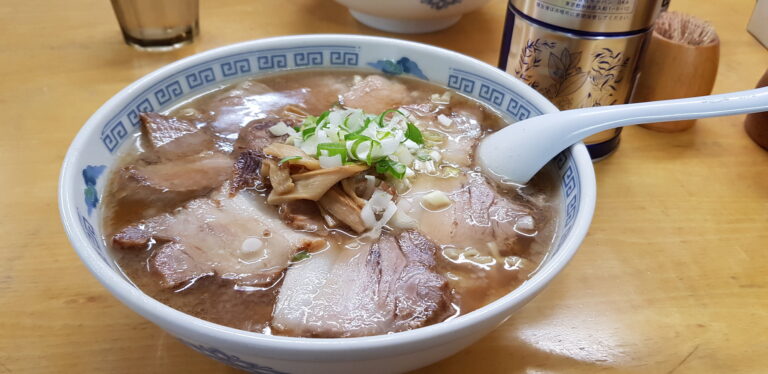
Kitakata Ramen
Kitakata ramen is a savory variety from Fukushima, Japan. It has a light broth and uses thick and wavy noodles.
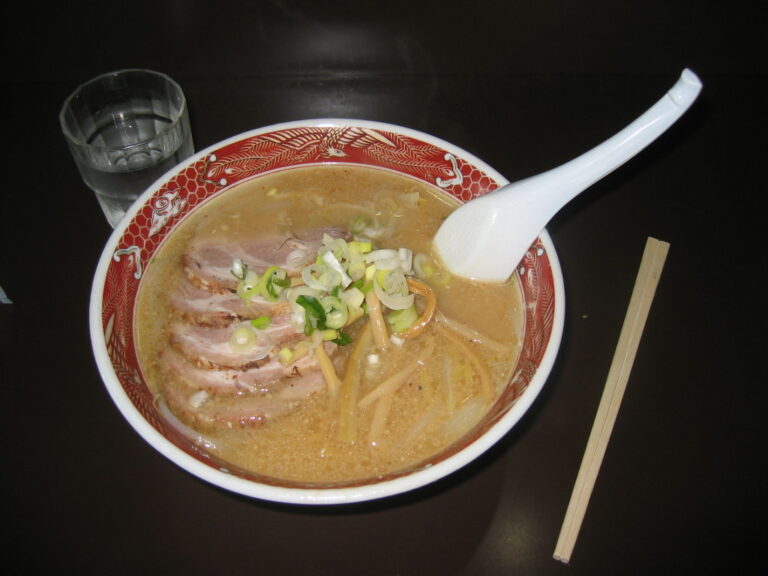
Sapporo Ramen
Sapporo ramen is hearty and flavorful and originates from Hokkaido, Japan. It uses a rich red miso-based broth and chukamen noodles.
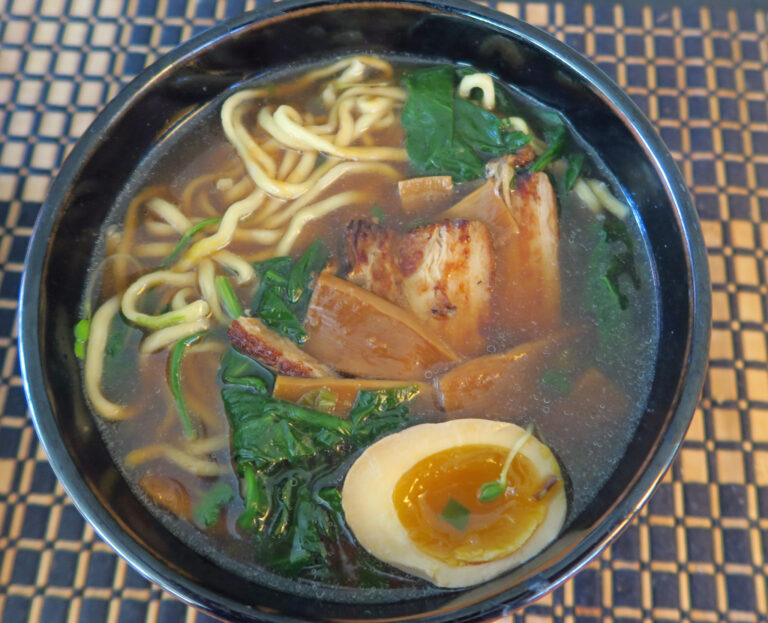
Tokyo Ramen
Tokyo ramen is a beloved Japanese soup known for its clear shoyu broth, firm curly noodles, and a soy-flavored chicken broth.

Wakayama Ramen
Wakayama ramen is a regional specialty combining shoyu and tonkotsu broths. It uses chuka soba or Chinese noodles.
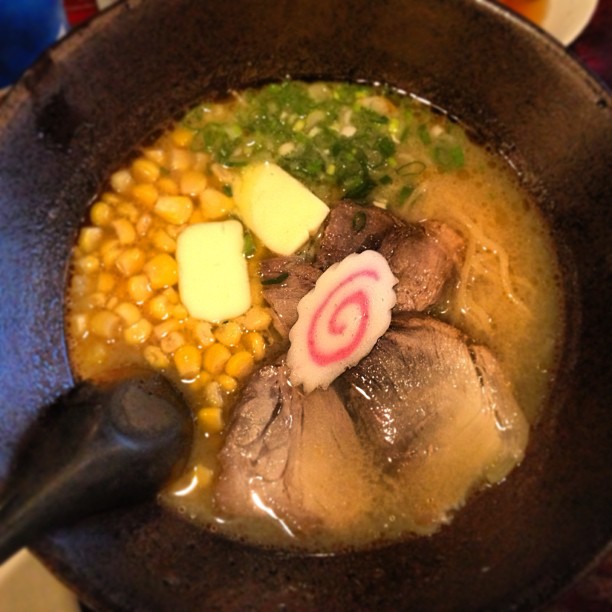
Butter Corn Ramen
Butter corn ramen is a Hokkaido specialty known for its creamy broth, sweet corn, and savory butter. It is also topped with corn.

Hokkaido Curry Ramen
Hokkaido Curry Ramen is a rich and unique fusion of Japanese curry and traditional ramen with a beautifully aromatic broth.
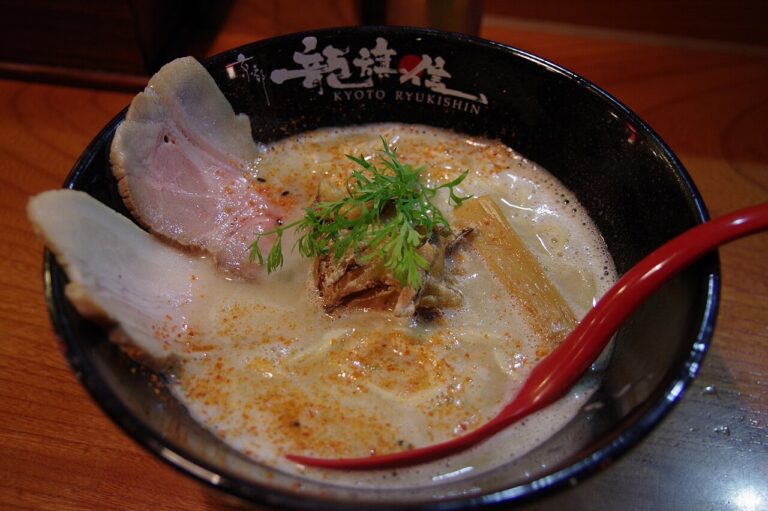
Kyoto Ramen
Kyoto ramen is a popular regional specialty known for its balanced shoyu-chicken broth and medium-thick curly noodles.
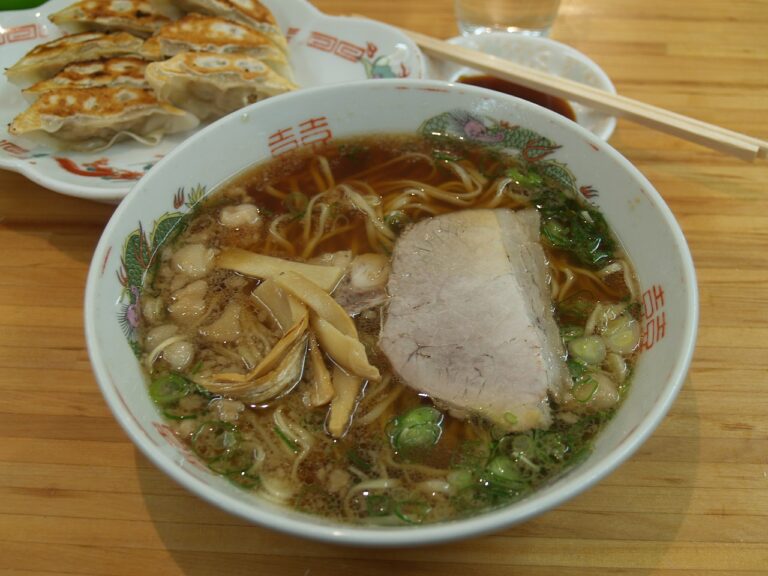
Onomichi Ramen
Onomichi ramen is a regional specialty from Hiroshima Prefecture with a clear soy sauce-based broth with fish stock and thin flat noodles.
Conclusion
Ramen is a rich and diverse culinary tradition that offers something for everyone, from the delicate flavors of shio ramen to the robust and hearty miso varieties. Understanding the different styles and broths is essential to fully appreciating the nuances and artistry that go into crafting each bowl. Whether you prefer the creamy richness of tonkotsu, the savory depth of shoyu, or the refreshing simplicity of shio, exploring these varieties can be a delicious adventure.
As you delve into the world of ramen, you’ll discover the unique regional influences and cultural significance that each style represents. This guide serves as a starting point for your journey, helping you navigate the complex and flavorful landscape of ramen. So, grab your chopsticks, savor the broth, and enjoy the endless possibilities that this beloved dish has to offer. Happy slurping!

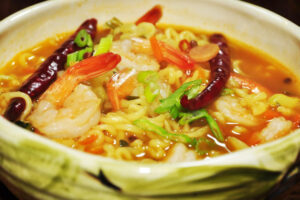
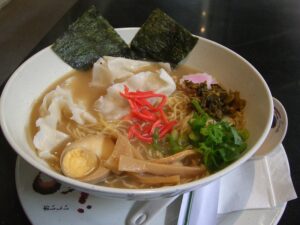
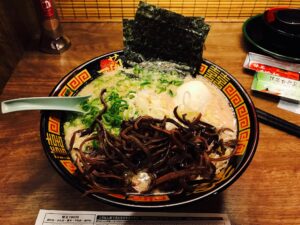
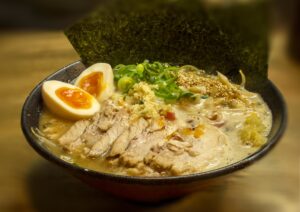
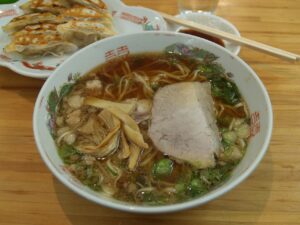
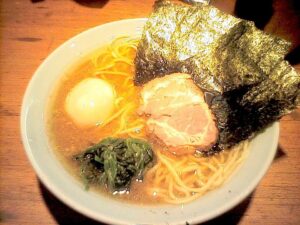
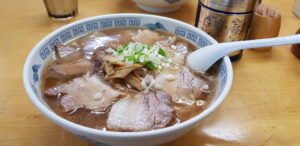
![Types of Ramen: Hakata Ramen. Image courtesy of [cipher] via Flickr Commons.](https://ramendatabase.com/wp-content/uploads/2024/06/Types-of-Ramen_Hakata-Ramen-300x199.jpg)


